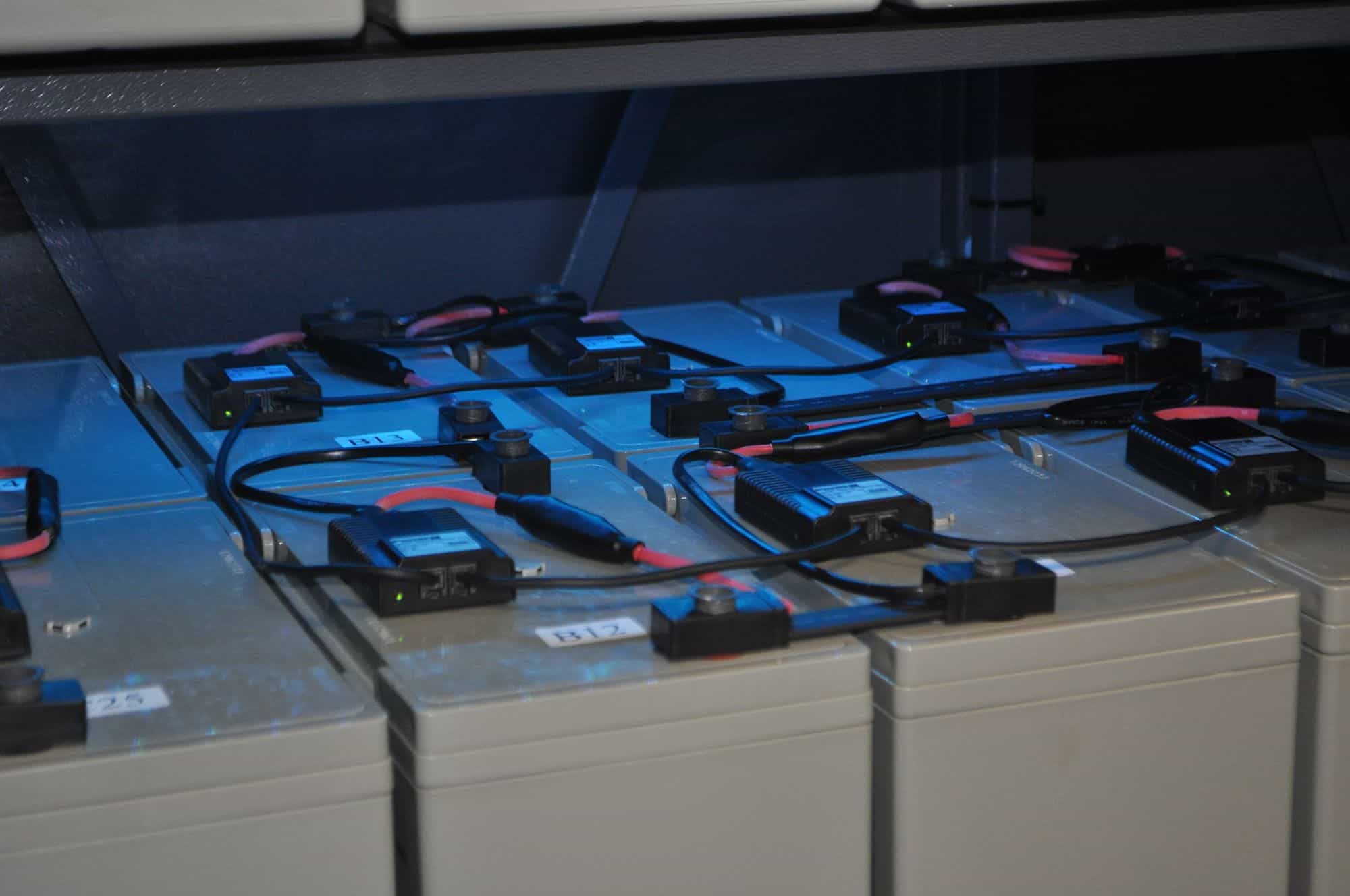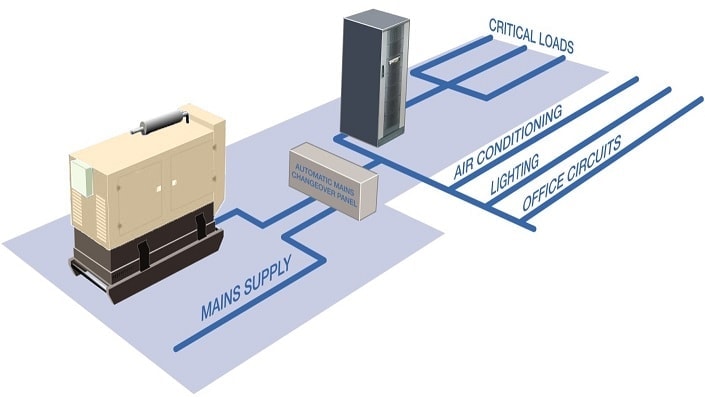Batteries are the reason why Uninterruptible Power Supply (UPS) systems exist – yet battery failures are the leading cause of UPS system downtime. Looking after these essential components makes great sense, as it can not only mitigate or prevent failures, but also significantly extend battery service life.
UPS operators can provide this care at two different levels, depending on circumstances:
Monitoring: Observing what is happening and raising an alarm if appropriate
Management: Taking action to prevent situations that would lead to issues
To better understand the relative merits of each approach, we can look at the problems that can arise.
Causes of battery failure
The most common cause of battery failure is dry out, or water loss, where overcharging increases the acid concentration in the electrolyte. Normal ageing causes positive grid corrosion, which can lead to short circuits within the battery, especially within modern, compact designs. Grid corrosion failures typically occur in batteries that have been operated for longer than their expected service life.
Temperatures between 20°C and 25°C correctly balance the battery chemistry’s energy production capability against maximising service life. Premature battery failures arise most frequently from operating batteries outside the recommended temperature range.
Higher temperatures not only reduce battery service life, but in extreme cases can cause thermal runaway. This may create oxygen/hydrogen gas production and battery swelling. Valve-regulated lead-acid (VRLA) batteries become irrecoverably damaged, and should be replaced.
Low operating temperatures have little effect on battery life, but reduce output capacity performance.
Excessive charge voltages force a high overcharge current into the battery, which dissipates as heat and may cause gas emissions. The positive plate material soon corrodes, accelerating battery end-of-life. If a battery is left discharged for extended periods, sulphation may occur. This inhibits recharging, and prevents normal battery operation.
A poorly-managed battery can become so deeply discharged that its on-load voltage falls below a predetermined limit. This adversely affects both the battery’s capacity and its useful working life. In extreme cases of deep discharge, the battery may be unable to accept a recharge, effectively ending its working life.
Another issue relates to strained battery terminals, which can reduce battery life by up to 50% in string applications.
Battery monitoring and management systems
The first step towards gaining an early warning of potential failures between on-site service visits is to apply a level of monitoring. The simplest systems use volt-free contacts to warn of general UPS battery faults, while more sophisticated schemes can track variables over time and allow root cause analysis.
While monitoring systems simply report on battery status, a battery management system (BMS) automatically takes actions based on the battery parameters it measures. These protect and extend the battery and UPS service life.
BMS are essential for lithium-ion battery safety. They monitor the cells to detect thermal runaway or other issues and then apply corrective action as required.
Less well-known is that active battery management can also be used to dramatically extend the service life of more traditional VRLA batteries. They solve the problem that a UPS battery’s service life is much shorter than the battery design life.
This arises because a traditional UPS battery comprises many cells or blocks connected together in series– and float charged across the entire string at the average voltage for each cell. In practice however, the unavoidable variations in chemistry and impedance over the battery’s long service period mean that actually some cells will be overcharged and some undercharged. This creates undesirable chemical effects such as sulphation, which in turn reduce service life below the design life.
This unbalanced cell performance can be corrected by a battery management solution connected to each cell or block through a small management module. This measures impedance and other factors, to determine battery health and deliver the optimum voltage for charging each specific cell.
This active battery management approach increases service life by typically 30%, but up to 50% therefore reducing replacement costs and environmental impact. It also gives users greater confidence in their battery systems, knowing they are healthy and ready to deliver on demand. Additionally, its continuous measuring and recording of impedance eliminates the need to do so during routine service visits, reducing engineer site time and associated costs.




